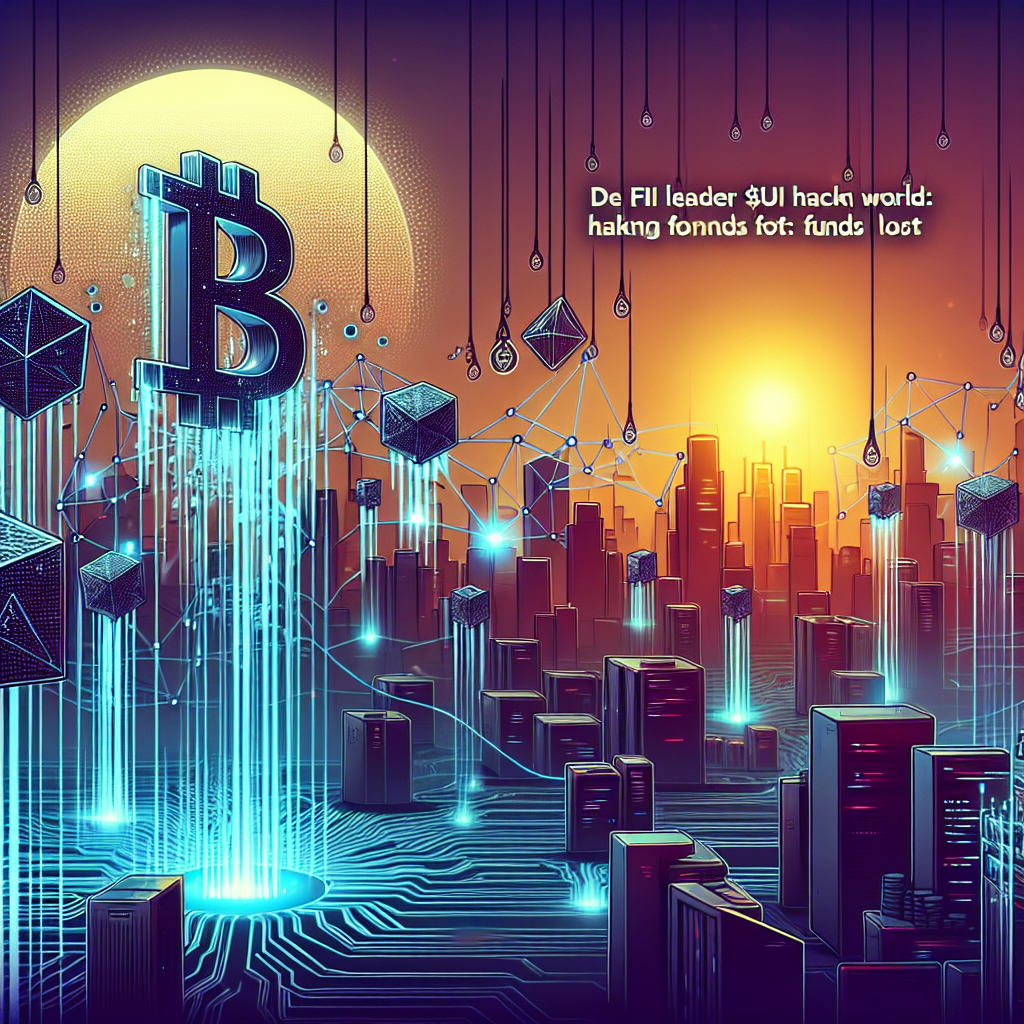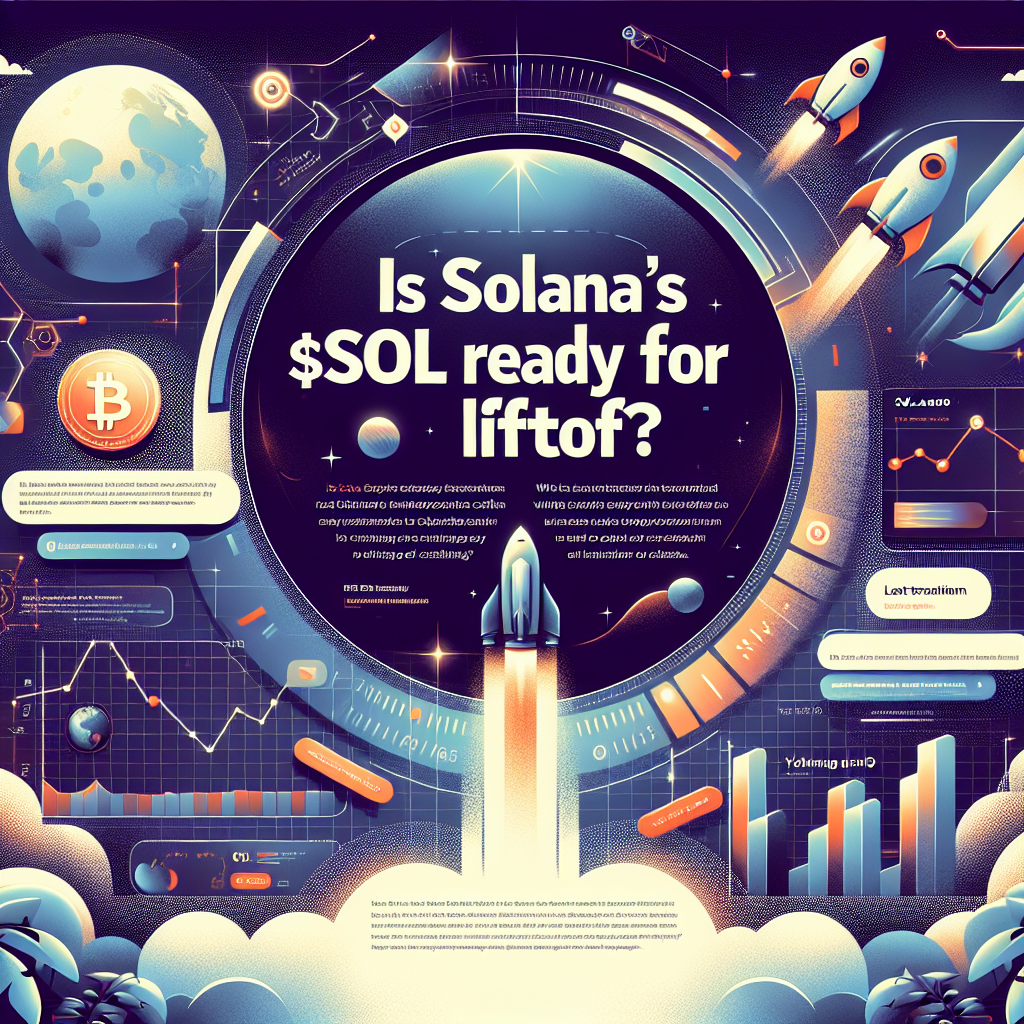The $ETH community has been riding a rollercoaster since the announcement of the Shanghai upgrade, and the thrill is far from over. On October 15, 2023, the upgrade went live, bringing significant changes to the Ethereum network. If this isn’t your typical bull-market hype, then what is?
The centerpiece of the Shanghai upgrade is the implementation of EIP-4488, which focuses on scaling Ethereum’s Layer 1 by reducing calldata costs. For the uninitiated, calldata is basically info stored temporarily while transactions are processed. Cheaper calldata means more affordable and efficient transactions. It’s like downsizing your car’s fuel costs while getting better mileage—it’s a game-changer.
Join millions who are building their financial freedom through the world’s most trusted crypto platform.
The Impact on Gas Fees
A central question is how this impacts gas fees. Historically, gas fees have been the bane of $ETH users, driving many to seek refuge in Layer 2 solutions or even alternative chains. By decreasing calldata costs, the hope is to reduce the perils of unpredictably high fees. It’s like equipping your ship with sturdier sails; you’re ready for smooth sailing even in gusty winds.
What About the Stakers?
Another point of excitement—or tension—is the potential impact on staking. With the change, validators might see improved return rates, attracting more folks to the staking game. The network is likely to become more secure and decentralized. Think of it as a club that finally lifted the bouncer’s restrictions, now open to more members.
So, what’s next for $ETH holders and enthusiasts? Expect increased $ETH activity as traders and developers adapt to this new paradigm. As the dust settles from the upgrade, eyes will be glued to data driving price action. Will $ETH rise to the occasion or get hit with price volatility? Only time will tell.
Stay tuned, fellow degens, because this is only the beginning of the post-upgrade era. Load those bags, but don’t forget your trusty parachute!












